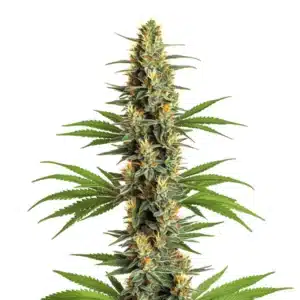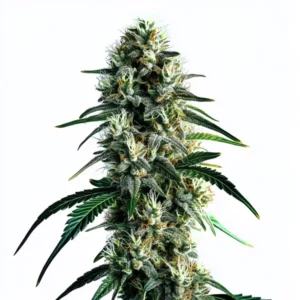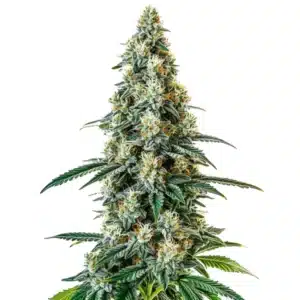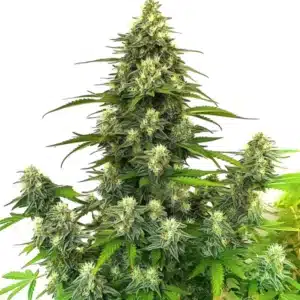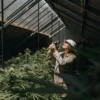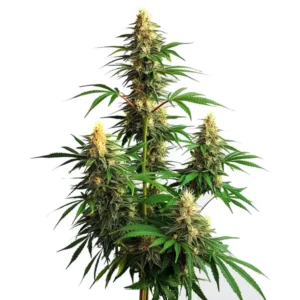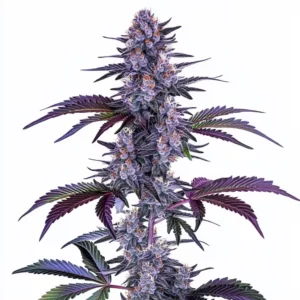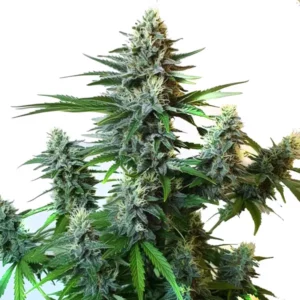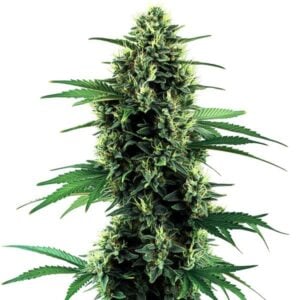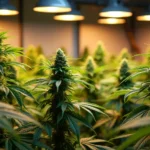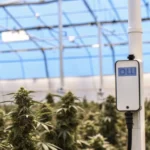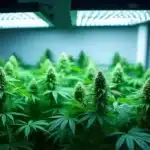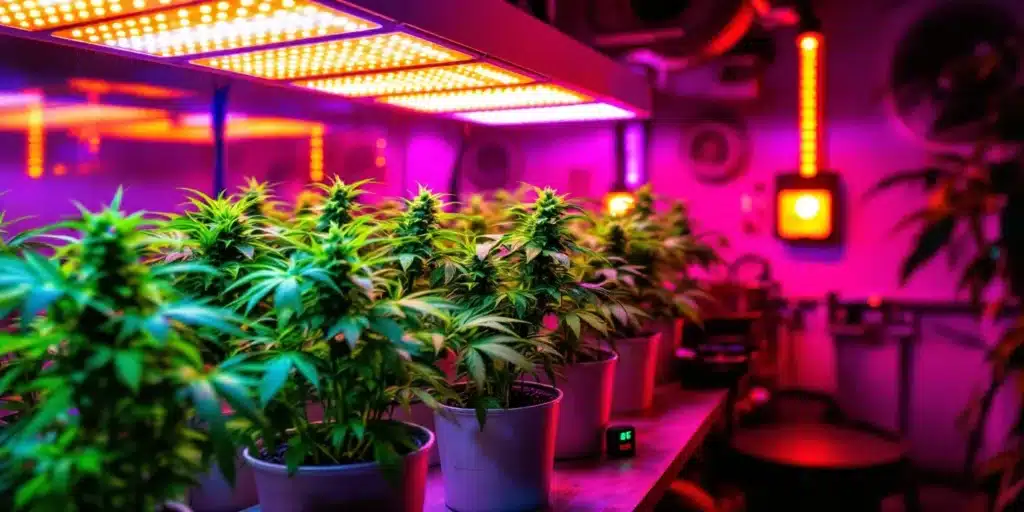
Autoflower Light Intensity Indoors
If you’re embarking on the exciting journey of growing autoflower plants indoors, one of your top considerations must be autoflower light intensity indoors. Autoflowering genetics are unique because they enter the flowering phase based on age rather than light schedules. However, the light they receive is still pivotal in determining how well these plants thrive and how abundant their yields will be. This guide will explore how to optimize autoflower light intensity indoors, allowing these plants to flourish in a nurturing environment and reach their full potential.
Light Requirements for Autoflowering Strains
The light requirements for autoflowering cannabis varieties differ from traditional strains in a variety of ways. Generally, autoflower plants require high light intensity to support robust growth and achieve optimal yields. A solid general guideline for indoor growers is to provide around 18 to 24 hours of light daily. This consistent exposure helps the plants to grow quickly and reach their full potential.
Recommended Strains
Critical 2.0 Auto
|
|
THC | 18% - 20% (Medium) |
|
|
Type | Autoflowering |
|
|
Yield | Medium |
|
|
Phenotype | 60% Indica / 40% Sativa |
Critical 2.0
|
|
THC | 18% - 22% (Medium) |
|
|
Type | Feminized |
|
|
Yield | High |
|
|
Phenotype | 60% Indica / 40% Sativa |
It’s worth noting that different autoflower strains possess varying light needs. For instance, some may excel under moderately lower light levels, while others could actively demand intense lighting throughout their complete life cycle. When selecting a grow light, you should consider options such as LEDs, HIDs, or fluorescents, each with its own benefits. LEDs, for instance, can provide the appropriate spectrum while being energy efficient.
To illustrate, imagine a beginner grower who has chosen a highly productive autoflower strain. They’ve placed their plants directly under bright LED lights for full light exposure. The plants respond positively, exhibiting lush green leaves and strong stems. By keeping a close eye on their light intensity, the grower aptly maximizes their yield potential.
The Importance of Lumens and PAR
When you hear discussions about light intensity, you will often encounter terms like lumens and PAR. Lumens quantify the total light emitted from a source, whereas PAR, or Photosynthetically Active Radiation, pertains specifically to the spectrum of light that plants utilize for photosynthesis, typically falling between 400 to 700 nanometers. To effectively meet the plants’ needs, focus primarily on PAR instead of solely lumens.
For healthy development of autoflower plants indoors, growers should target light intensity levels between 300 to 800 µmol/m²/s of PAR. Operating within this range is crucial for promoting vigorous vegetative growth and successful flowering. Both the height of the lights and the distance from the plants are also key factors; placing lights too close could lead to scorching, while positioning them too far away might result in stretching and weaker plants.
For instance, a grower who has positioned their LED lights at too great a distance might find their plants stretching unnaturally, reaching for the light and creating weak, lanky growth. Conversely, someone who has gotten their light height just right sees dense, bushy plants developing, showcasing the importance of careful monitoring and adjustments.
Promos & Deals
Choosing the Right Lighting Setup
The process of selecting the ideal lighting for your autoflowering plants can feel daunting at first. However, understanding the unique requirements of autoflower varieties can significantly simplify this task. Many growers today opt for LED lights due to their energy efficiency, effectiveness in providing specific light spectrums, and their cooler operating temperature compared to traditional options. The cooler light significantly reduces the risk of heat stress, creating a more stable growing environment.
HID lights, including Metal Halide (MH) and High-Pressure Sodium (HPS), remain popular among indoor cultivators as well. They generate bright light and substantial heat, which can be beneficial in cooler environments but may necessitate additional ventilation. On the contrary, fluorescent lights can support seedlings or clones well but may fall short in intensity during the flowering phase. While they can be adequate for young plants, as they mature and demand more light, it’s generally advisable to transition to a more potent lighting solution.
Consider a scenario where a grower starts their seeds under fluorescent lights. As the seedlings establish themselves, they realize the need for stronger light intensity. They wisely move to LEDs, which meet the growing plants’ demands, leading to healthier growth and better yields.
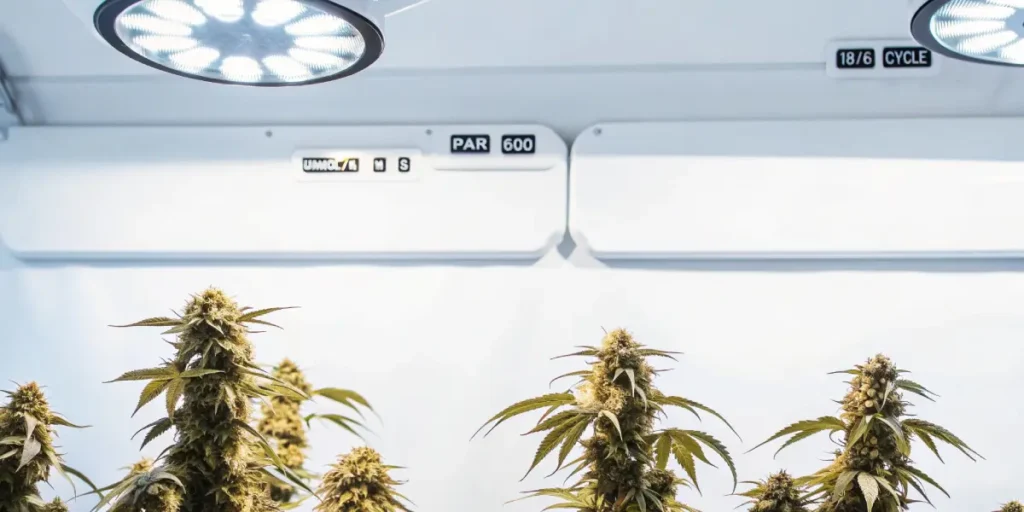
Positioning Your Lights
How you position your lights can also drastically affect the growth quality of your autoflower plants. For instance, with LED and HPS lights, maintaining a distance of approximately 18 to 24 inches from the top of the plants is generally recommended. This distance helps minimize the risk of burning while providing adequate light intensity. Regularly inspecting your plants for indicators of light stress, such as curling leaves or bleaching, can empower you to adapt your setup promptly.
As your plants grow taller, you’ll need to adjust the light height accordingly. Performing this adjustment every week ensures you are always maintaining an optimal distance, allowing the plants to thrive steadily. Additionally, rotating pots can facilitate all-around light exposure, driving uniform growth and ensuring every part of the plant receives the necessary light intensity.
A grower who neglects to adjust light height may end up damaging their plants, causing some branches to receive too much light and leading to uneven growth. Whereas a dedicated grower skillfully manages to maintain proper distances and positions lights to allow for even exposure throughout the plants. Such attentiveness results in robust plants that yield generous harvests.
Monitoring and Adjusting Light Intensity
Continuous monitoring of light intensity stands as a cornerstone of successful indoor autoflower cultivation. Many growers invest in light meters specifically designed to measure PAR levels to ensure that light conditions stay within the ideal range. Regularly assessing the distances between lights and plants is equally crucial in making timely adjustments corresponding to the plants’ growth phases.
If conditions within the grow space change frequently or if you notice slower growth, it may be beneficial to experiment with redirecting light or altering its distance. Observing your plants can offer invaluable insights into their needs. For example, if you find yellowing leaves or minimal growth, it may signal that the light intensity is insufficient or excessively high.
Imagine a scenario where a grower has observed their plants losing vibrant green hues. They wisely decide to utilize a light meter, only to discover that their PAR levels have dipped too low. By increasing light intensity, they witness a rejuvenation of their plants within a short time frame—demonstrating just how vital monitoring can be.
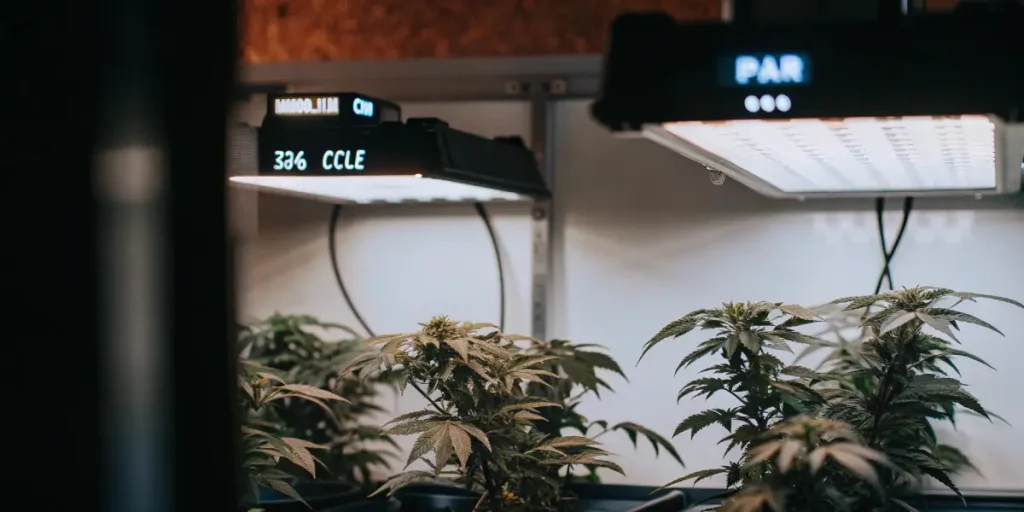
The Role of Light Cycles
Even though autoflowering strains seamlessly transition to flowering based on age, light cycles still impose a significant effect on their yield potential. Most growers choose an 18/6 light cycle for their autoflowers, meaning that the plants receive 18 hours of light followed by 6 hours of uninterrupted darkness. Interestingly, some growers advocate for a 20/4 or even a continuous 24-hour light cycle during the vegetative phase in order to maximize growth.
While the idea of keeping the lights on continuously is tempting, providing a short dark period assists the plants’ food production processes as well as their growth. Establishing a regular cycle promotes strength and resilience, particularly as the plants progress into the flowering stage. This adherence to a structured light schedule can minimize stress on the plants, offering them a prime opportunity to thrive indoors.
A beginner grower excitedly follows a 24-hour light cycle initially, only to later learn that incorporating dark periods could enhance their plants’ overall performance. Discovering this concept not only enriches their understanding but also allows them to experiment with their existing methods for improved results.
Best Strains for Indoor Autoflowering Cultivation
When selecting autoflowering strains for your indoor garden, certain varieties shine above the rest based on their adaptability to different light conditions and overall hardiness. Here are three exceptional strains that are well-suited for indoor cultivation:
- Amnesia Haze Autoflower F1: This vibrant strain is well-regarded for its substantial yields and resilient growth. Amnesia Haze greatly benefits from heightened light intensity, boasting an enticing flavor profile and powerful effects that enthusiasts adore.
- Critical 2.0 Autoflower: Known for its swift lifecycle and remarkable resin production, Critical 2.0 thrives under proper light management. Whether you’re a novice or an experienced grower, this strain is sure to impress.
- Blueberry Autoflower: Renowned for its stunning coloration and delightful flavor, Blueberry foliage flourishes under various light conditions. This variety is easy to manage and yields satisfying results.
These chosen autoflower strains exhibit commendable adaptability to various setups and light intensities, making them excellent candidates for growers striving to optimize their indoor arrangements. Each strain brings distinctive qualities to the grow space and allows growers to explore different light conditions while enjoying unique flavors and effects.
Maintaining Optimal Conditions Beyond Light Intensity
While maintaining the right light intensity is essential for the health of autoflower plants, other environmental factors need your attention as well. Elements such as air circulation, humidity, and temperature are crucial in promoting vigorous growth. Keeping an even environment will allow the plants to flourish and respond positively to the light they receive.
Implementing proper air circulation through fans can effectively prevent hot spots, promoting stable temperature and humidity levels throughout the grow space. Ideally, target daytime temperatures around 70-80°F while allowing the nighttime temperatures to drop slightly. Additionally, maintaining humidity levels between 40-60% during the flowering stage helps ensure plant health and minimize the risk of developing mold or mildew.
A grower who has set up fans for optimal air circulation notices that their plants grow sturdier and healthier than those of a friend who is struggling with humidity problems. By creating a well-balanced environment, they have mastered the art of growing indoors.

Common Issues with Light Intensity in Autoflower Cultivation
Even the most experienced growers can encounter challenges concerning light intensity. Common issues that arise include light burn, where leaves may appear crisp or even curl at the edges. On the other hand, if plants fail to receive adequate light, they may stretch excessively, yielding spindly growth that compromises structure and ultimately leads to reduced productivity. Striking a balance is vital to achieving vibrant and productive plants.
To illustrate, if you observe early signs of leaf curling or discoloration, it’s worth assessing not just the light intensity but also the distance of your light source and the duration of exposure. Most times, revisiting your light settings can resolve these concerns quickly. Vigilant observation of the plants will help ensure conditions remain optimal for autoflower cultivation.
Frequently Asked Questions
What is the ideal light intensity for indoor autoflowering cannabis?
The ideal light intensity for indoor autoflower plants usually ranges from 300 to 800 µmol/m²/s of PAR. This range supports healthy vegetative growth and flowering. Remember to monitor your light setup regularly to avoid issues such as light burn or insufficient light exposure.
How far should lights be positioned from autoflower plants?
For most lighting types, a distance of approximately 18 to 24 inches from the top of the plants is recommended. Adjusting this height adequately as the plants grow ensures they receive sufficient light without experiencing unnecessary stress.
Can I grow autoflowering strains using fluorescent lights?
Yes! Fluorescent lights can be effective for seedlings and young plants, but they typically lack the intensity required for later growth stages. Autoflowering strains usually perform better under more potent lighting setups like LEDs or HIDs during the flowering phase.
What should I do if my plants show signs of light burn?
Should light burn become evident—manifesting as leaf curling or discoloration—it’s wise to reduce light intensity or increase the distance between the plants and the light source. Keep a close watch on your plants for recovery; in most instances, they will rebound positively with some adjustments.
Which autoflower strains handle high light intensity best?
Strains such as Amnesia Haze Autoflower, Critical 2.0 Autoflower, and Blueberry Autoflower are known to thrive under high light intensity conditions. These varieties are noted for their resilience and can yield impressive results when well cared for.



